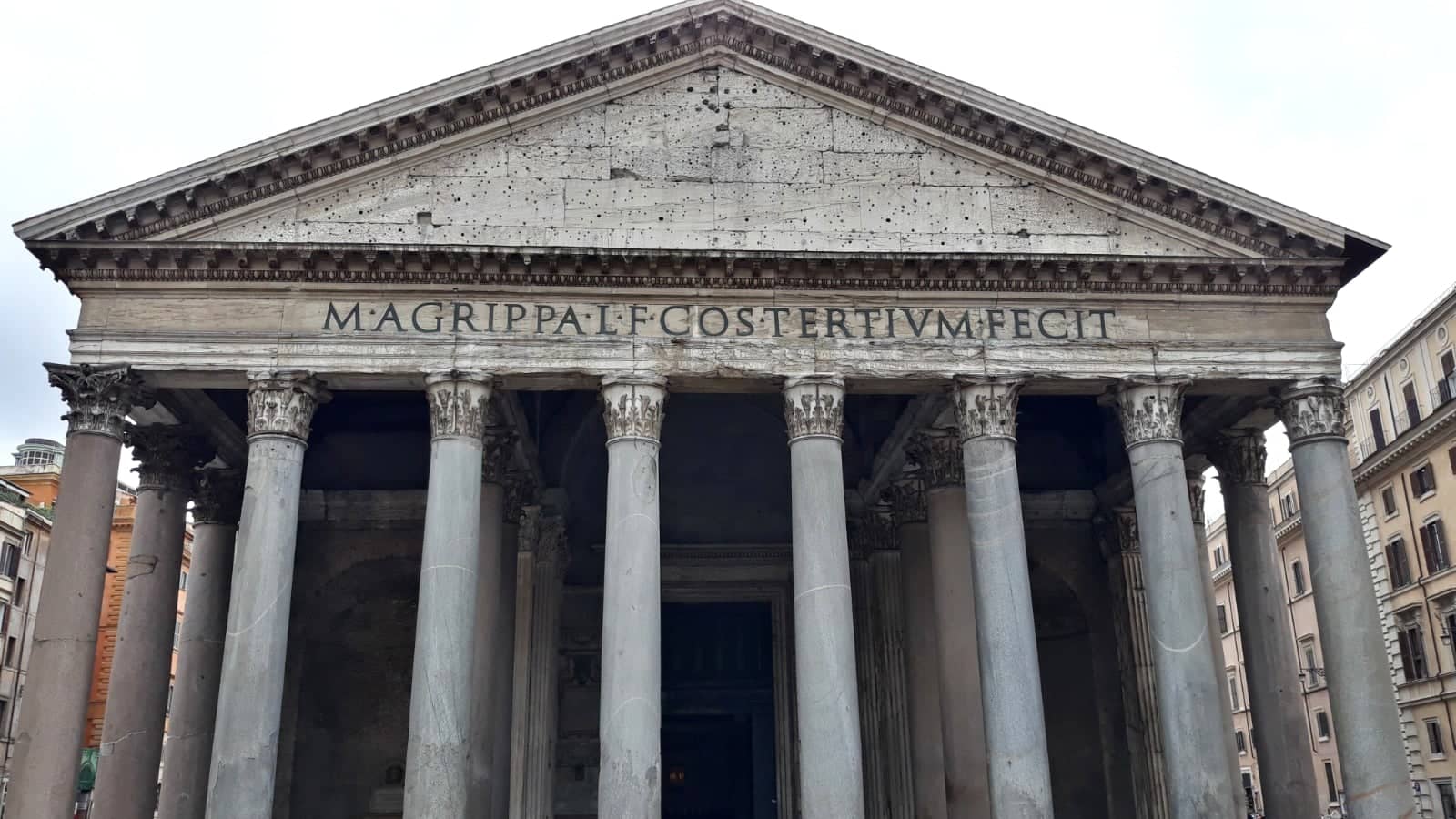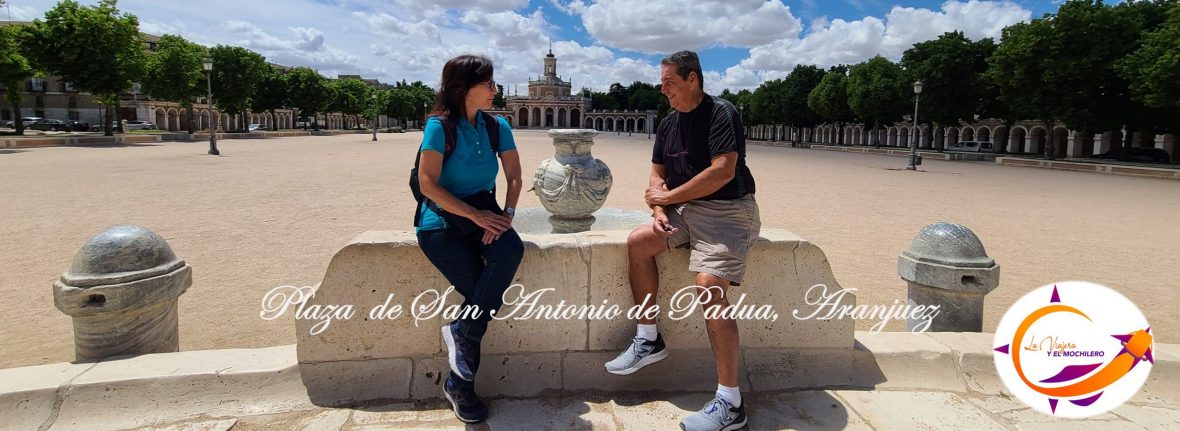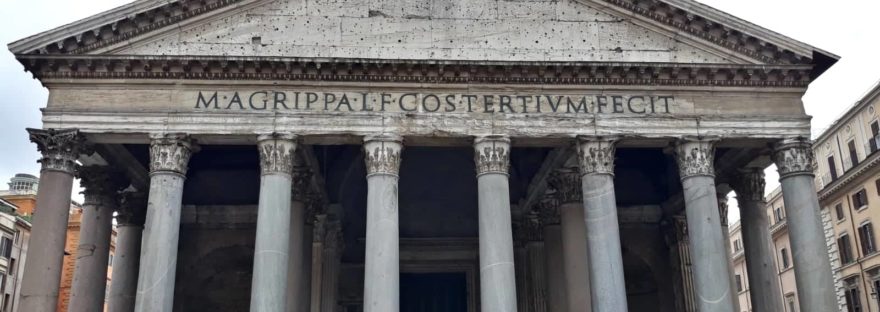The “Basilica di Santa Maria ad Martyres” in Rome, Italy, was consecrated by Pope Boniface IV in the seventh century. As its name clearly indicates, it is dedicated to Saint Mary and the martyrs. Therefore, the remains of the martyrs were transferred to the catacombs under the main altar, resulting in the Basilica also becoming a mausoleum.
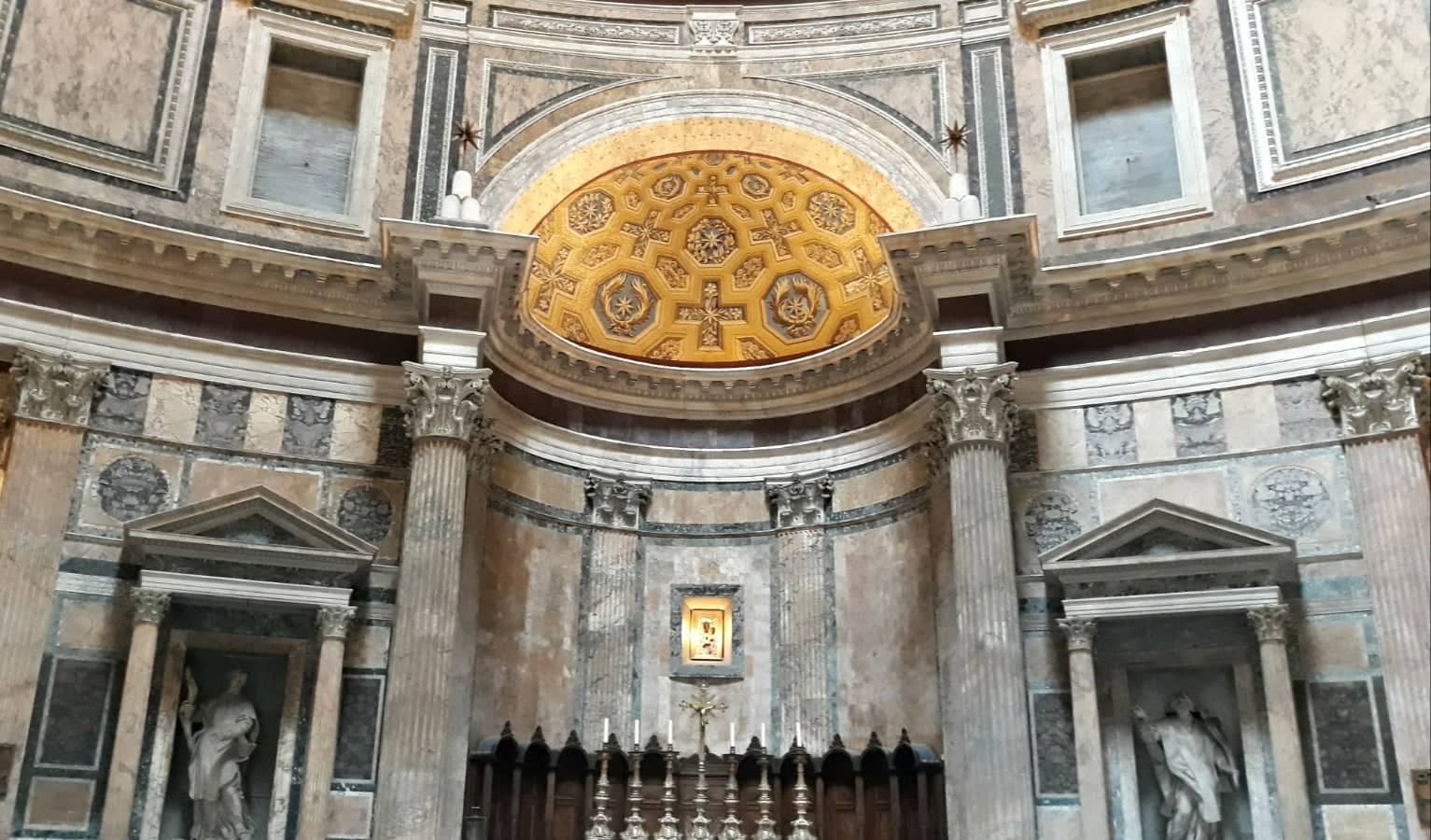
Unlike many churches in Europe that were built on the remains of other temples, the “Basilica di Santa Maria ad Martyres” is located inside an existing Roman and pagan temple. In fact, Pope Boniface IV ordered the removal of everything that was not Christian, before the consecration of the Basilica.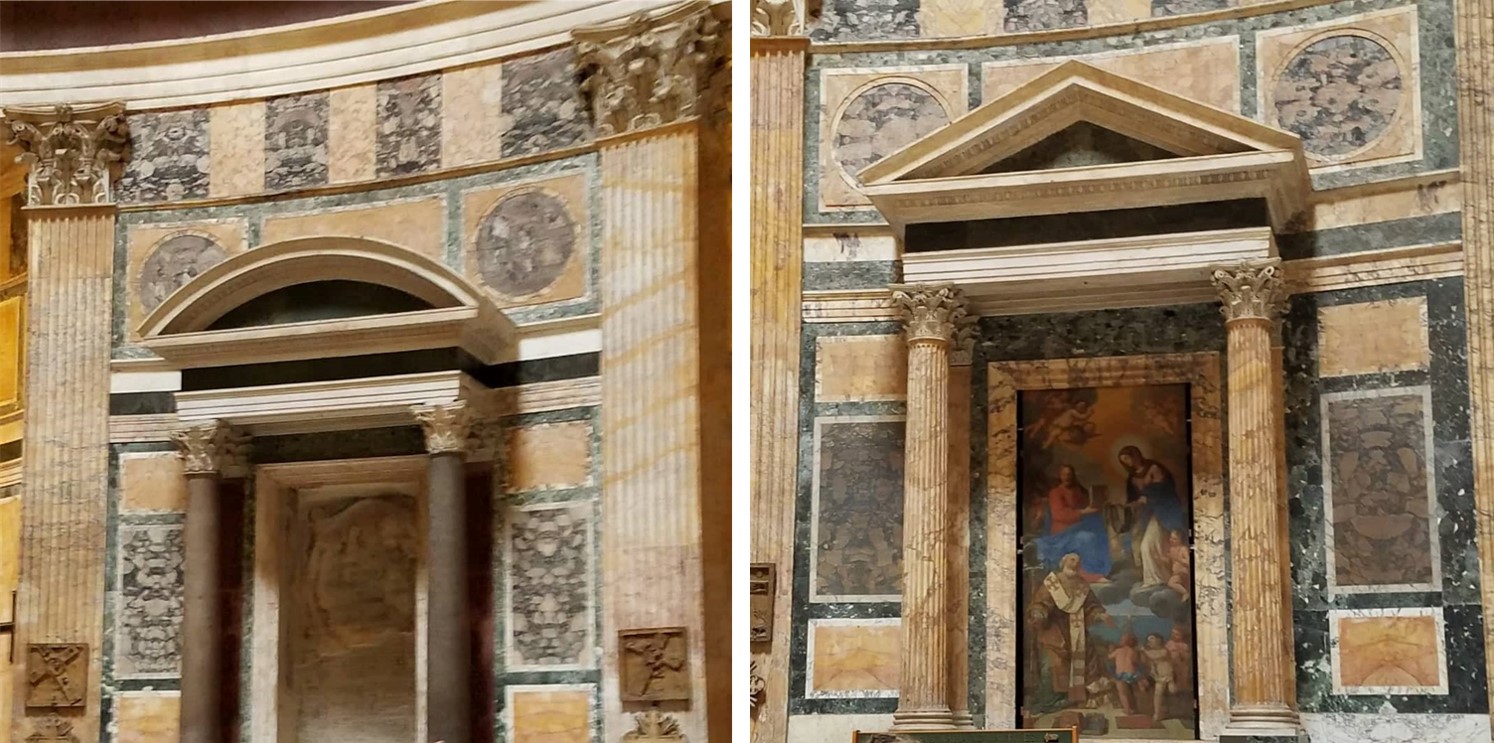
Emperor Trajan ordered the construction of the “Basilica di Santa Maria ad Martyres” on the remains of a temple that was destroyed by fire. It is estimated that the construction of the original temple corresponds to the era of Emperor Augustus. It is the Emperor Hadrian who completes the construction order by Emperor Augustus, at the beginning of the first century.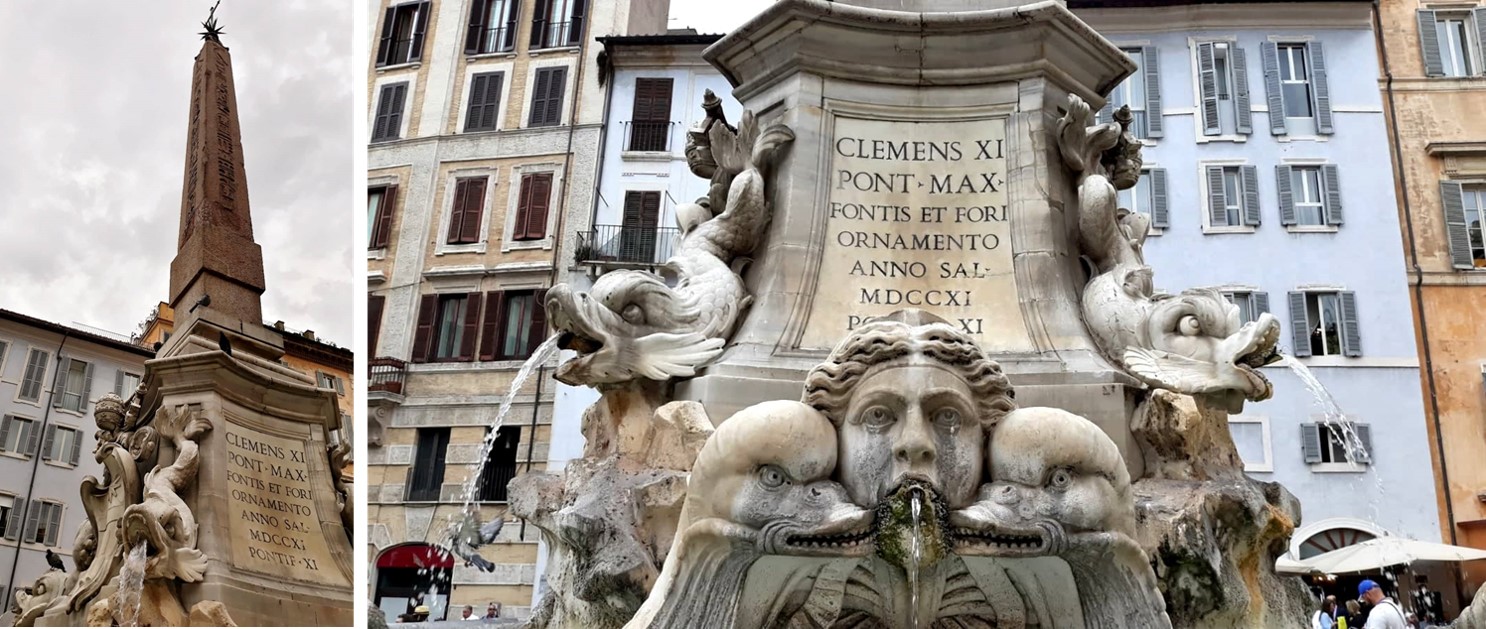
The “Basilica di Santa Maria ad Martyres”, is cylindrical in shape and is hidden behind a large portico of Corinthian columns. The two structures are joined by a rectangular hall. This temple is one of the buildings of Ancient Rome that is still well preserved. The Basilica is over 2,000 years old, and its dome is recognized as the largest in the world built of unreinforced cement.
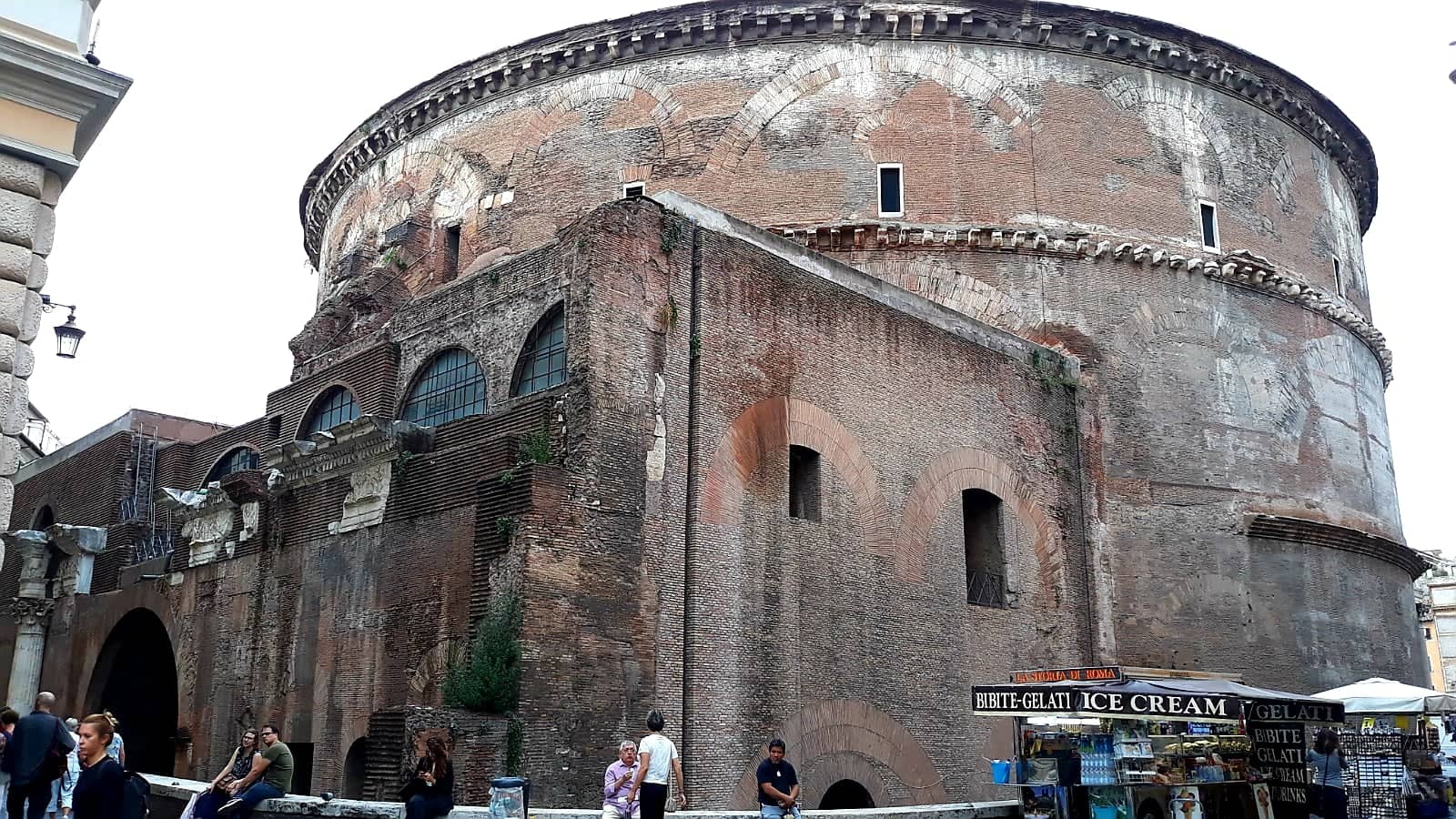
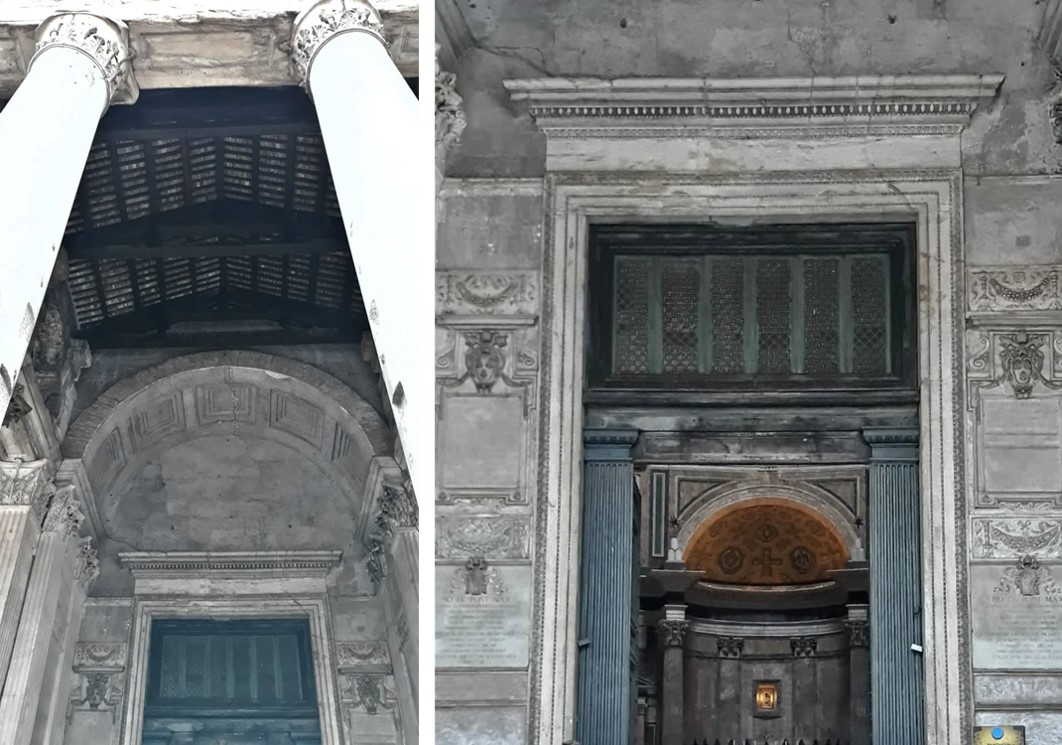
In the mausoleum of the temple, originally dedicated to all the Roman gods, are the remains of many notorious people, including King Vittorio Emanuel (who re-unified Italy) and the great painter Rafael with his fiancee. The “Basilica di Santa Maria ad Martyres” is better known as the Roman Pantheon.
